9
Catastrophic Events: How to Survive Man-made and Natural Disasters
Knowing how to stay alive is critical when faced with disaster or catastrophe, be it terrorism, an accident, or a natural occurrence. Preparation by building a disaster kit before disaster strikes and having a good plan that you have rehearsed are the keys to your ultimate survival.
MAKE A FAMILY EMERGENCY COMMUNICATION PLAN (FECP)
The most important thing to consider in the event of any emergency is the safety of your family. We all live active lives and chances are we will not be right next to all of our loved ones at the exact time a catastrophe takes place. Because of this, it is imperative that you prepare and rehearse a Family Emergency Communication Plan so that you are able to ensure that all of your loved ones know what to do and where to go when disaster strikes. Make sure you include a fall-back area in your plan in the event that returning to the house is impractical or impossible. This could be a local school, hospital, police station, or even a storefront or mall. The following factors should be taken into consideration when constructing your plan:
• Who are the members of your family/group who are planning to link up?
• What is each person expected to bring with them?
• What needs to get done prior to linking up?
• Where are you planning to meet?
• What time are you going to meet at that location?
• What will you do if the situation changes or you are not going to make the link-up time?
• What is the load signal (physical signal to let you know who from the group left and where they went)? Try to use a stationary object that can’t be easily moved/discarded.
• What is the specific safe and secure bug-out location that you are going to go to? (This will take some pre-coordination. One good technique is to team up with like-minded family and friends who live in remote locations to use as your bug-out destination. If you live in an appropriate place to “bug-in,” you can find other family and friends who live some distance from you to use as your bug-out location and they would do the same with you.)
BUILD A DISASTER KIT
Every home should have a basic disaster kit that is tailored to the individual needs of your family. Below I have put together a generic list, but I suggest that you add to it so that it meets your individual needs:
• Water. Two gallons of water per person per day for at least two weeks, for drinking and sanitation.
• Food. At least a two-week supply of non-perishable food.
• Battery-powered or hand-crank radio and a NOAA weather radio with tone alert and extra batteries for both.
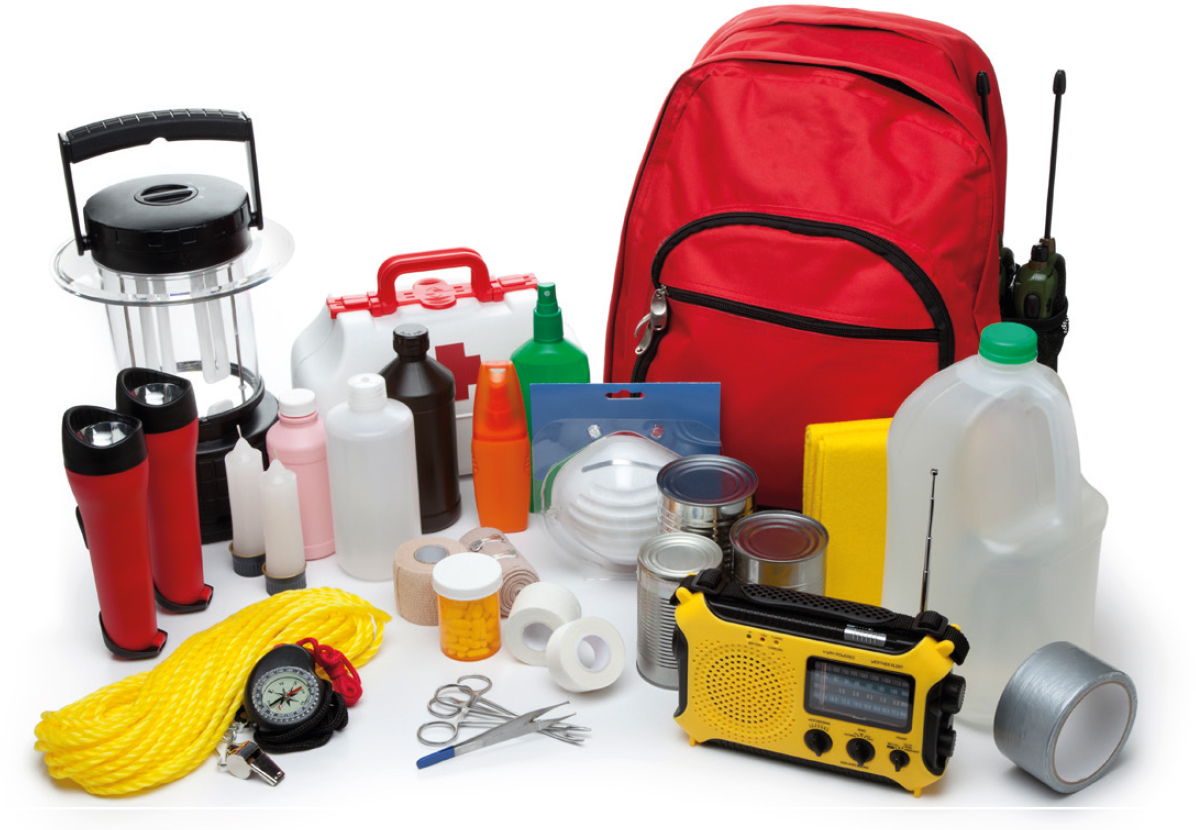
• Flashlight and extra batteries
• First-aid kit (see below)
• Whistle to signal for help
• Dust mask. To help filter contaminated air. Also plastic sheeting and duct tape, to shelter in place
• Moist towelettes, garbage bags, and plastic ties for personal sanitation
• Wrench or pliers to turn off utilities
• Can opener for food (if kit contains canned food)
• Local maps
• Prescription medications and glasses
• Infant formula and diapers
• Pet food and extra water for your pet
• Important family documents such as copies of insurance
• policies, identification, and bank account records in a waterproof, portable container
• Cash, debit/credit card/change
• Emergency reference material such as a first-aid book
• Sleeping bag or warm blanket for each person. Consider additional bedding if you live in a cold-weather climate
• Complete change of clothing including a long-sleeved shirt, long pants, and sturdy, comfortable walking shoes. Consider additional clothing if you live in a cold-weather climate
• Household chlorine bleach and medicine dropper. When diluted nine parts water to one part bleach, bleach can be used as a disinfectant. In an emergency, you can use it to treat water by using sixteen drops of regular household liquid bleach per gallon of water. Do not use scented, color safe, or bleaches with added cleaners
• Fire extinguisher
• Matches in a waterproof container
• Feminine supplies and personal hygiene items
• Mess kits, paper cups, plates, plastic utensils, paper towels
• Paper and pencil
• Books, games, puzzles, or other activities for children
I suggest that you keep the following items in your first-aid kit at all times:
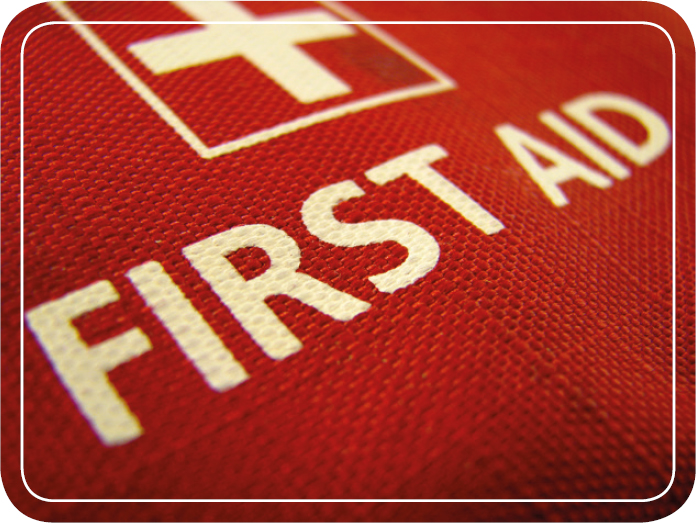
Photo Credit: GettyImages
• Two pairs of Latex or other sterile gloves if you are allergic to Latex
• Sterile dressings to stop bleeding.
• Cleansing agent/soap and antibiotic towelettes
• Antibiotic ointment
• Burn ointment
• Adhesive bandages in a variety of sizes
• Eye wash solution to flush the eyes or as general decontaminant
• Thermometer
• Trauma kit with tourniquet, Israeli bandage, blood clotting agent
• Epi pen
• Suture kit
MEDICATION
Try to have a thirty- to ninety-day supply of prescription medications that you need to take every day, such as insulin, heart medicine, and asthma inhalers. You should periodically rotate medicines to account for expiration dates. You should also take into consideration prescribed medical supplies such as glucose and blood-pressure monitoring equipment. Additionally, here are some non-prescription drugs and medical supplies to consider including in your disaster kit:
• Aspirin or non-aspirin pain reliever
• Anti-diarrhea medication
• Antacid
• Laxative
• Scissors
• Tweezers
• Tube of petroleum jelly or other lubricant
MAINTAINING YOUR DISASTER KIT
Take the following steps to maintain your disaster kit:
• Keep canned and other extended shelf life foods and water containers in a cool, dry place.
• Store boxed food in tightly closed plastic or metal containers to protect from pests and to extend its shelf life.
• Throw out any canned goods that become swollen, dented, or corroded.
• Establish a rotation system so you can use foods before they go bad and replace them with fresh supplies.
• Keep items in airtight plastic bags and put your entire disaster supplies kit in one or two easy-to-carry containers, such as an unused trash can, camping backpack, or duffel bag. You may not be able to stay at home during a disaster, so having these items stored in a semi-portable fashion will allow you to grab it and go if the emergency situation requires you to quickly leave your home.
Note: You will want to rehearse this routine to make sure the kit fits in your car along with your entire family, pets, etc. Additionally, make sure that your vehicle is always maintained and try to fill up your gas tank every time you get to a half tank. It is also advisable to keep at least ten gallons of gas in your garage. Use the gasoline within six months and switch gas can out for fresh gas to prevent fuel from going bad.
EXPLOSIONS AND EXPLOSIVE DEVICES
Explosive devices are one of the staple tactics used by terrorists today. Be it hidden in a backpack, packed into a vehicle, strapped onto a suicide bomber’s body, or in the form of an aircraft being used like a missile, the results are the same and the chances that you have of survival depend almost entirely on where you are in relation to the explosive device when it is detonated. There are a few things that you can do to increase your chances of survival when an explosive is detonated:
• Turn away from the blast when it first goes off. This will protect your eyes and vital organs from flying glass and debris.
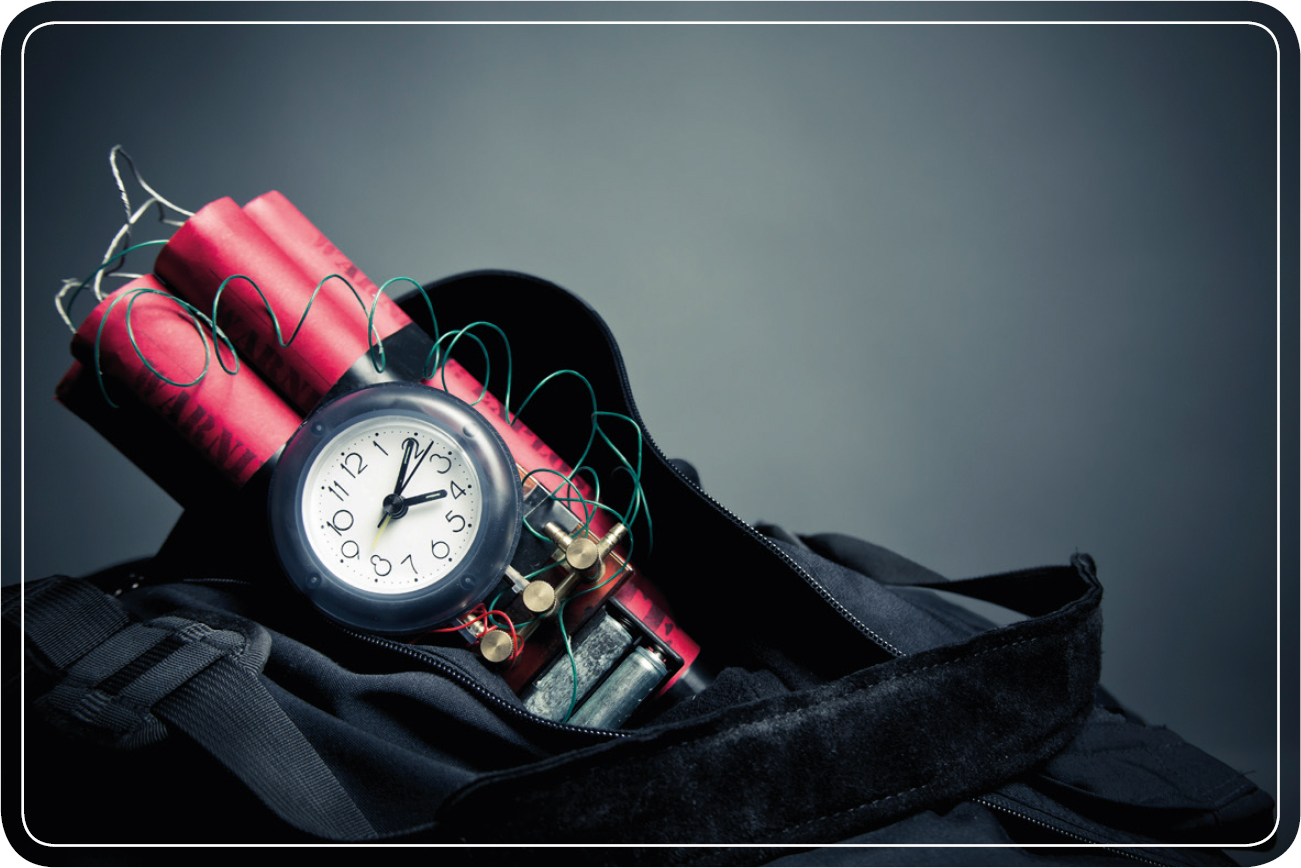
Photo Credit: GettyImages
• Drop to the ground with your head facing away from the blast and use your arms to protect your head. As with many of the topics in this book, the best defense against explosives comes with early detection. This is not always easy, as terrorists often plan out their attacks meticulously and accidental explosions often detonate without any warning. You need to have solid situational awareness at all times.
• Bags or boxes left unattended are a key indicator that it may be a bomb. Alert the authorities immediately and move away from the area swiftly.
• Vehicles parked in no parking zones and left unattended are another indicator that should not be ignored. Alert the authorities immediately.
• Suicide bombers often look nervous and can sometimes be recognized as having on an explosive vest under their clothing. Move away from them quickly and alert the authorities immediately.
HOW TO SURVIVE A BUILDING FIRE
One of the most visually disturbing events to come out of 9/11 was when people were literally throwing themselves out of windows and jumping to their deaths to escape the smoke and fire caused by the aircraft striking the towers and exploding. Some situations, like 9/11, are so catastrophic that your ability to escape is strictly based on chance and luck, depending on where you are at the time the catastrophe takes place. All that you can do is plan for every contingency during a fire that is in your control and hope for the best. Above all else, have a plan detailing what to do in the event of a fire. In the special forces, it is often said that the best-laid plans go to hell the second the first round is fired. That may be true, but it is always better to have a plan before emergencies arise than it is to make a plan on the fly. The second effect of an explosion is fire. If you are in a structure such as a building or vessel when an explosion takes place, it is imperative that you understand the actions you need to take to mitigate risk and escape to safety. The American Red Cross recommends you take the following precautions if you work or live in a large structure:
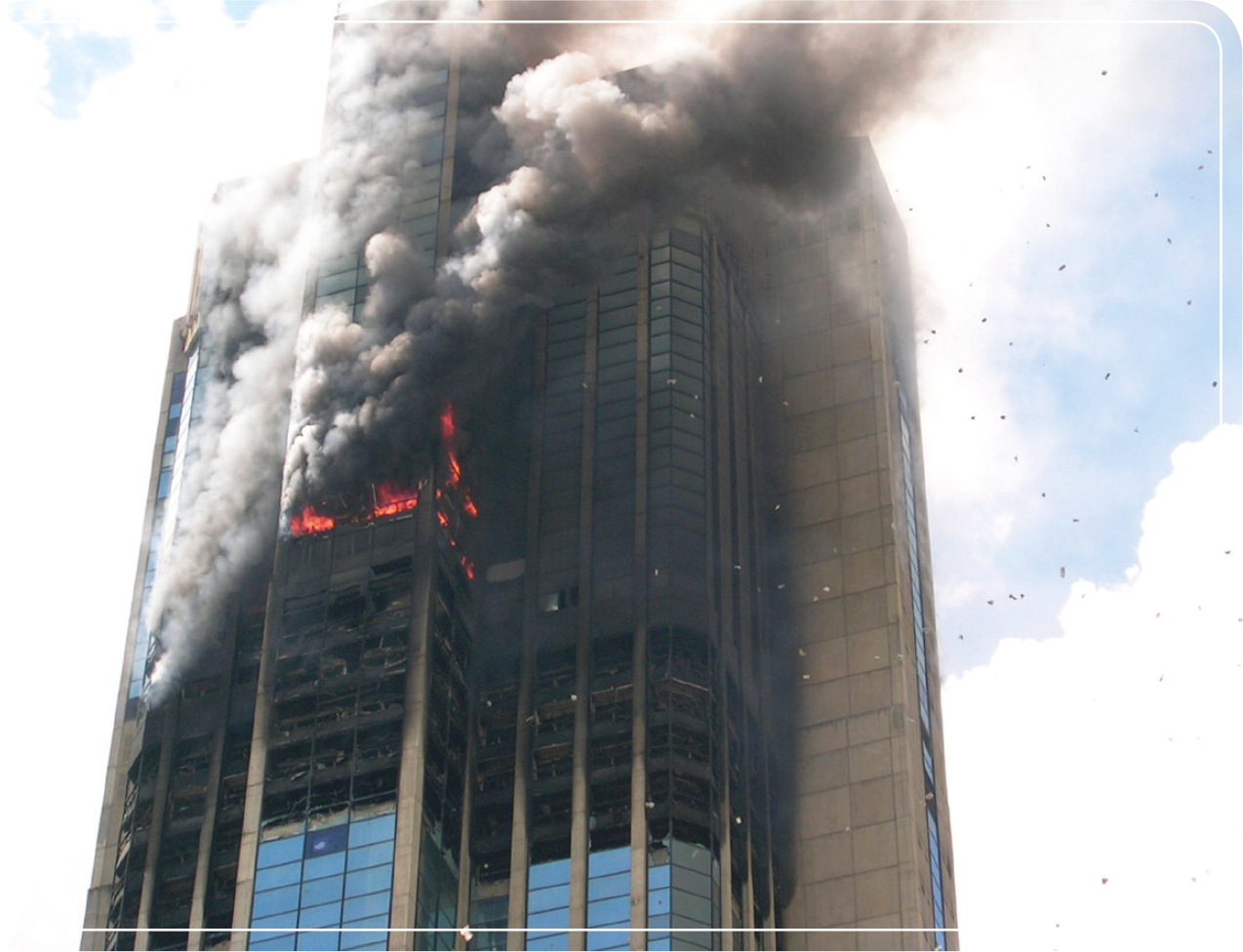
Photo Credit: GettyImages
• Install smoke alarm and sprinkler systems on every level of the structure. In the US, there are strict fire codes that must be followed.
• Test smoke alarm batteries every month and change them at least once a year.
• Make sure everyone in the building knows at least two ways to escape from every floor of the structure.
• Practice the fire escape plan at least twice a year. Designate a meeting spot outside and a safe distance from the structure. Make sure everyone knows the meeting spot.
• Teach everyone to stop, drop to the ground, and roll if their clothes catch on fire. Practice this on a regular basis.
• Once you get out of the structure, stay out under all circumstances until a fire official gives you permission to go back inside.
• Never open doors that are warm to the touch.
• If smoke, heat, or flames block your exit routes, stay in the room with the door closed. If possible, place a wet towel under the door and call the fire department to alert them to your location in the building. Go to the window and signal for help by waving a bright-colored cloth or a flashlight. Do not break the window, but open it from the top and bottom.
• Never use elevators in the event of a building fire. Use stairs or fire escapes only. Always know where the fire extinguishers are, how to use them, and how to maintain them.
HOW TO SURVIVE A HOME FIRE
Every year over 2,500 people are killed in home fires and thousands more are injured in the United States alone. The following steps should be taken in the event of a home fire:
• Crawl low under any smoke to your exit; heavy smoke and poisonous gases collect first along the ceiling.
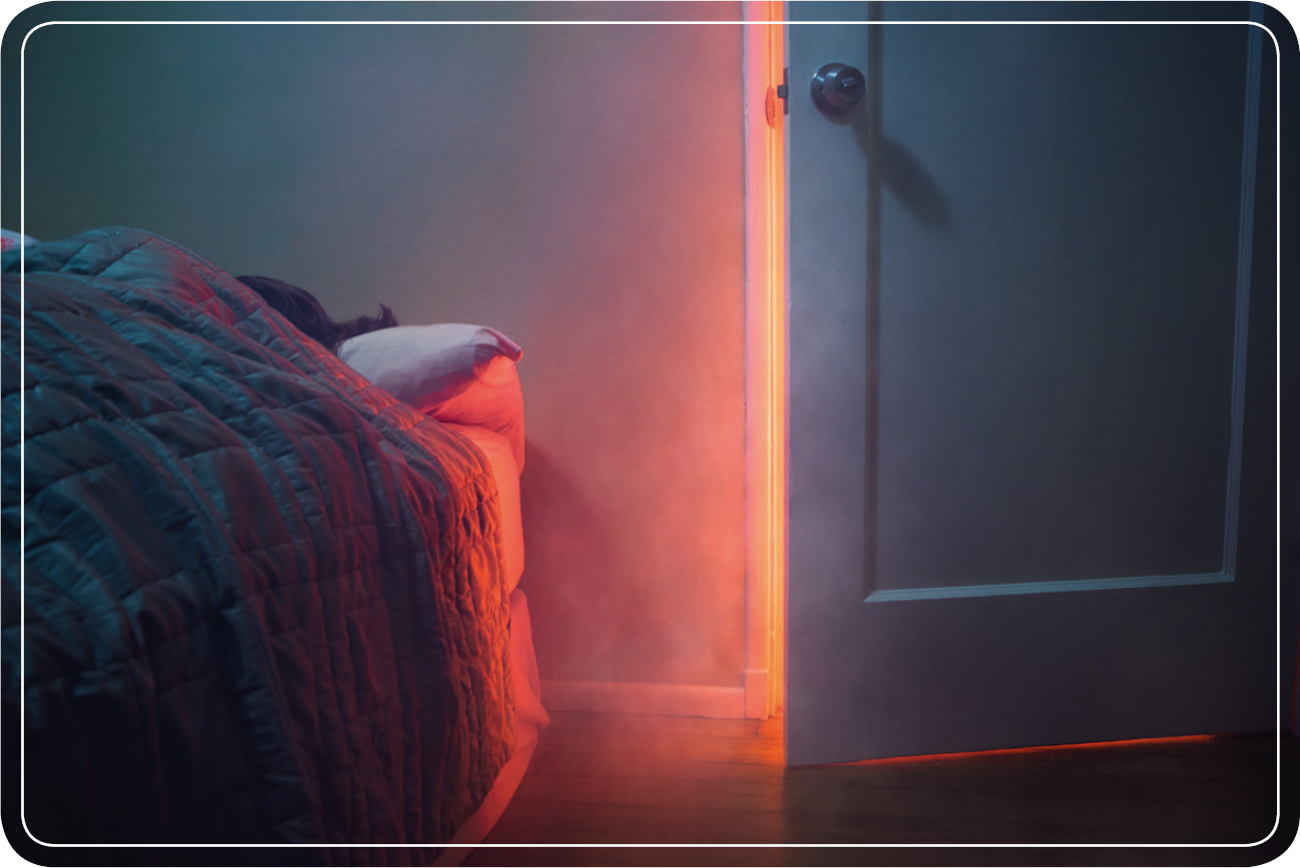
Photo Credit: GettyImages
• When the smoke alarm sounds, get out as quickly as you can; you may have only minutes or seconds to safely escape.
• If there is smoke blocking your door or first way out, use your second way out.
• Smoke is toxic. If you must escape through smoke, get low and go under the smoke to your way out.
• Before opening a door, feel the doorknob and door. If either is hot, leave the door closed and use your second way out.
• If there is smoke coming around the door, leave the door closed and use your second way out.
• If you open a door, open it slowly. Be ready to shut it quickly if heavy smoke or fire is present.
• If you can’t get to someone needing assistance, leave the home and call 911 or the fire department. Tell the emergency operator where the person is located.
• If pets are trapped inside your home, tell firefighters right away.
• If you can’t get out, close the door and cover vents and cracks around doors with cloth or tape to keep smoke out. Call 911 or your fire department. Say where you are and signal for help at the window with a light-colored cloth or a flashlight.
• If your clothes catch fire, “stop, drop, and roll”–stop immediately, drop to the ground, and cover your face with your hands. Roll over and over or back and forth until the fire is out.
• If you or someone else cannot stop, drop, and roll, smother the flames with a blanket or towel.
• Use cool water to treat the burn immediately for three to five minutes. Cover with a clean, dry cloth. Get medical help right away by calling 911 or the fire department.
CHEMICAL, BIOLOGICAL, RADIOLOGICAL, AND NUCLEAR WARFARE-UNDERSTANDING THE CBRN THREAT
Chemical, biological, radiological, and nuclear (CBRN) attacks are a real threat to US infrastructure and to the American population, as well as a danger to the rest of the world. Terrorist groups continue to plan CBRN attacks both in the United States and abroad. In order to combat this threat, government agencies have to be successful in their battle to eradicate the CBRN threat, because history proves that terrorists will be unrelenting in their continued attempts to attack.
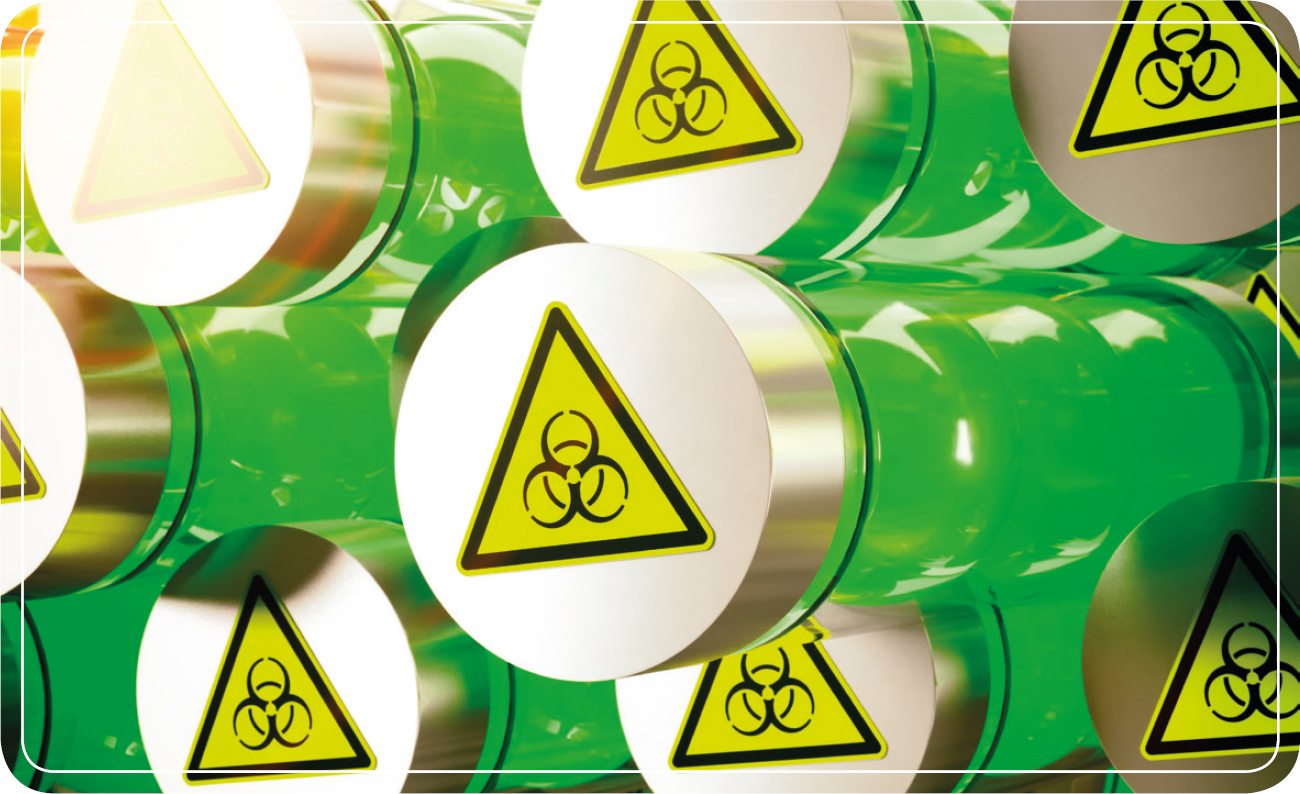
Photo Credit: GettyImages
WHY CBRN ATTACKS ARE SO DANGEROUS
If history is any indicator, it is only a matter of time before terrorists are able to carry out another successful CBRN attack either on US soil or abroad. When a CBRN attack occurs, it is often not easy to understand the nature of the attack. Many chemical agents are colorless and odorless and it is often difficult for medical professionals and authorities to identify that an attack actually took place and then to further investigate the origin of the attack. In some cases, it takes days for symptoms of biological agents to appear in victims, making the origin of the attack even more difficult to identify. A nuclear detonation or even a “dirty bomb” are also real threats that could have catastrophic results if terrorists ever carry out a successful attack.
WHAT TO DO IN THE EVENT OF A CBRN ATTACK
In the event of a CBRN attack, you may take a few simple protective steps. Start observing local wildlife, domestic animals, and livestock. Sick and dead animals are often the first sign that a chemical or biological attack has taken place. If you think it may be a chemical attack, try to stay upwind of the attack. If the attack is radiological or nuclear in nature, find a closed-off shelter and seal up any ventilation ducts, windows, and doors to protect against any fallout. Regardless of what type of CBRN attack has taken place, always cover your mouth and nose to avoid inhaling dangerous toxins or material. Try to cover all exposed skin. Any time skin exposure to CBRN occurs, wash vigorously with warm water and soap. Always know the approved emergency shelters in the area, such as public schools and hospitals. If exposed to CBRN, seek professional help as soon as possible. Listen to public service announcements and try to be patient as the authorities establish decontamination sites, aid stations, and public shelters.
CBRN ATTACK
If you become exposed to a CBRN attack and become ill, standard first aid in many cases will not save you. You must seek out professional medical aid as quickly as possible. Only the military and medical professionals carry the medicines that can help to treat the symptoms of a CBRN attack. This is why it is so important not to get exposed in the first place. If your skin does get exposed, do everything you can to quickly wash it off with mild soap and water. Quickly leave the contaminated area and seek professional medical attention as soon as possible. Do everything in your power not to inhale CBRN agents or to let them get on open skin or in wounds.
MAKING A CBRN SAFE ROOM
Distancing yourself from the CBRN contaminated area is your best chance for survival, but it may not always be possible or practical. If you decide that taking shelter is your only choice, follow this checklist provided by the US Department of State’s Bureau of Diplomatic Security:
• Select an inner room on an upstairs floor with the least number of windows and doors.
• Choose a large room with access to a bathroom and preferably with a telephone.
• Avoid choosing rooms with window or wall air conditioners; they are more difficult to seal.
• Close all windows, doors, and shutters.
• Seal all cracks around window and door frames with wide tape.
• Cover windows and exterior doors with plastic sheets (six mil minimum) and seal with pressure-sensitive adhesive tape. (This provides a second barrier should the window break or leak.)
• Seal all openings in windows and doors (including keyholes) and any cracks with cotton wool or wet rags and duct tape. A water-soaked cloth should be used to seal gaps under doors.
• Shut down all window and central air and heating units. Remember to have your disaster kit with you. Be prepared to stay in your safe room for three or more days or until you can be safely evacuated by the authorities. Make sure you have what you need to monitor and communicate with the outside world. A short-wave radio, a TV (if you have power), and a cell phone should all be part of your disaster kit. Keep all the food, water, and other items you will need with you in the safe room, as once you seal off the room you don’t want to open it again until the area you are in is clear of contaminants. Don’t forget about hygiene products.
CHEMICAL WARFARE
Chemical agents come in four forms:
• Vapors
• Solids
• Liquids
• Gases
Chemical agents include blood, nerve, blister, choking, and metal agents.
NERVE AGENTS:
Signs of mild nerve agent poisoning include, runny nose, drooling, tightness in the chest, cramps, and nausea. Signs of severe exposure to nerve agents are:
• Severe muscular twitching (spasms)
• Loss of bladder and bowel control
• Convulsion
• Unconsciousness
• Respiratory failure (not breathing)
• Strange and confused behavior
• Wheezing, coughing, and gurgling sounds while breathing
• Severely pinpointed pupils
• Red eyes with tears present
• Vomiting.
• If you become exposed to a nerve agent, you must seek out professional medical assistance immediately to receive an Atropine Sulfate injection.
SIGNS AND SYMPTOMS OF METAL AGENTS:
• Cough
• Metallic taste
• Central nervous system effects
• Shortness of breath
• Flu-like symptoms
• Visual disturbances
The primary treatment for most metal agent poisoning is chelation therapy. This needs to be given in pill form or intravenously by a medical professional.
SIGNS AND SYMPTOMS OF BLOOD AGENT INCLUDE:
• Vertigo
• Tachycardia (heart rate faster than normal at rest)
• Tachypnea (rapid breathing)
• Cyanosis (bluish discoloration of the skin and mucous caused by lack of O2 in the blood)
• Flu-like symptoms
• Nonspecific neurological symptoms
At sufficient concentrations, blood agents can quickly saturate the blood and cause death in a matter of seconds to minutes. They cause gasping for air, fierce convulsions, and an excruciatingly painful death. If someone is exposed to a blood agent, get them to professional medical care immediately.
SIGNS AND SYMPTOMS OF CHOKING AGENTS:
• Upper respiratory tract irritation
• Rhinitis (inflammation of the nose or its mucous membrane)
• Coughing
• Choking
• Delayed pulmonary edema (fluid accumulation in the air spaces of the lungs). Treatment for choking agents is rest, warmth, and sometimes steroid therapy. Seek professional medical treatment as soon as possible.
SIGNS AND SYMPTOMS OF BLISTER AGENTS:
Blister agents act primarily on the eyes, respiratory tract, and skin. The eyes are very sensitive and are usually the first to be affected by blister agents.
Signs and symptoms affecting the skin and respiratory tract may not appear for several hours following exposure and include:
• Sensitivity to light
• Itching
• Throat irritation (dry, burning sensation)
• Headache
• Gritty feeling in eyes
• Swelling and redness
• Harsh cough and hoarse voice
• Nausea and vomiting
• Inflammation of the inner eyelids
• Blisters
• Phlegm (mucous discharge) or frothy sputum
• Diarrhea
• Swelling and spasms of the eyelids
• Pain
• Runny nose and frequent sneezing
• Watery eyes
• Pain
HOW TO TREAT A CASUALTY EXPOSED TO A BLISTER AGENT
• Move away from the contaminated area. If you have a protective mask, put it on immediately.
• Quickly flush the victim’s eye if liquid blister agent is present in the eye. If agent is present in both eyes, flush both eyes.
• Open an uncontaminated water source like a plastic bottle or canteen.
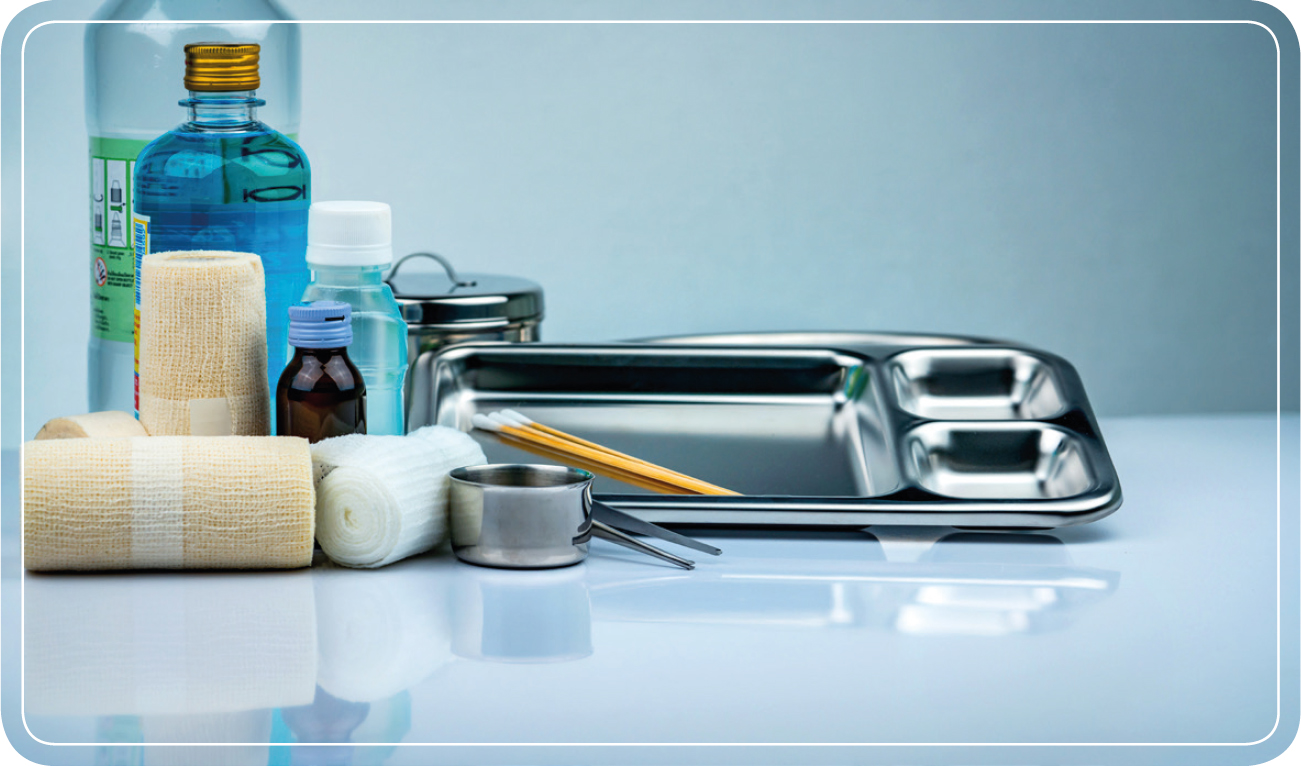
Photo Credit: GettyImages
• Tilt the victim’s head to one side so the eye to be flushed is lower than the other eye.
• Have the victim open his lower eye.
• Pour the water gently into the lower eye, pouring from the inner edge of the eye to the outer edge.
• Continue to flush the eye with water until the blister agent has been flushed from the eye.
• If both eyes are contaminated, tilt the victim’s head so the other eye is now lower than the flushed eye and flush the second eye in the same manner.
• Decontaminate the victim’s face and exposed skin, then evacuate the casualty as soon as practical.
• If blisters have formed on the victim’s unprotected skin anyplace on his body, do not decontaminate or break the blistered areas; you will only spread the contamination. It is particularly important to find medical assistance if the casualty has inhaled blister agents into his respiratory tract, as it can prevent him from being able to breathe.
BIOLOGICAL WARFARE
The three categories of biological agents are:
1. Bacteria
2. Viruses
3. Biological toxins
Bacteria: Anthrax, cholera, plague, tularemia, Q fever
Viruses: Smallpox, Venezuelan equine encephalitis, ebola
Biological toxins: Botulinum toxins, staphylococcal enterotoxin B, ricin, tricothecene mycotoxins (T2).
SIGNS AND SYMPTOMS OF BIOLOGICAL WARFARE AGENTS
Victims displaying symptoms of nausea, difficulty breathing, convulsions, disorientation, or patterns of illness inconsistent with natural disease may have been exposed to a biological agent.
There are a number of medications and antibiotics that can be used to treat biological agent exposure, but they will only work if it is found early enough to do something about it. This is why early detection is so important.
If you think you were exposed to a biological agent, seek professional medical treatment as soon as possible.
Be very cognizant of wildlife and livestock, as they will most likely show signs of the agent first. The best decontamination for a biological agent is warm soapy water.
OTHER SIGNS OF A CHEMICAL OR BIOLOGICAL ATTACK
You need to maintain your situational awareness and understand the indicators that the area that you are in has been contaminated. The key is to put as much distance between yourself and the contaminated area as possible, but you won’t be able to do that if you can’t read the signs. The US Department of State’s Bureau of Diplomatic Security suggests looking out for these additional signs in order to determine if there has been a chemical or biological attack:
• Droplets of oily film on surfaces.
• Unusual number of dead or dying animals in the area.
• Unusual liquid sprays or vapors.
• Unexplained odors (smell of bitter almonds, peach pits, newly mown hay, or green grass).
• Unusual or unauthorized spraying in the area.
• Low-lying clouds or fog unrelated to weather; clouds of dust; or suspended, possibly colored, particles.
• People dressed unusually (long-sleeved shirts or overcoats in the summertime) or wearing breathing protection, particularly in areas where large numbers of people tend to congregate, such as subways or stadiums.
RADIOLOGICAL/NUCLEAR WARFARE
While the initial blast and fire ball that follow a nuclear blast will kill most people exposed to a detonation that are within the kill radius of the blast, the radiological fallout that follows is quite deadly in its own right, depending on how much radiation you absorb. The best thing you can do if you are outside of the blast radius or if there is no blast, such as in the case of a nuclear meltdown, is to seek shelter or to get as far away from the affected area as you can. Symptoms of exposure to radiation include:
• Nausea and vomiting
• Diarrhea
• Headache
• Fever
• Dizziness and disorientation
• Weakness
• Fatigue
• Hair loss
• Bloody vomit and stools
• Infections
• Poor wound healing
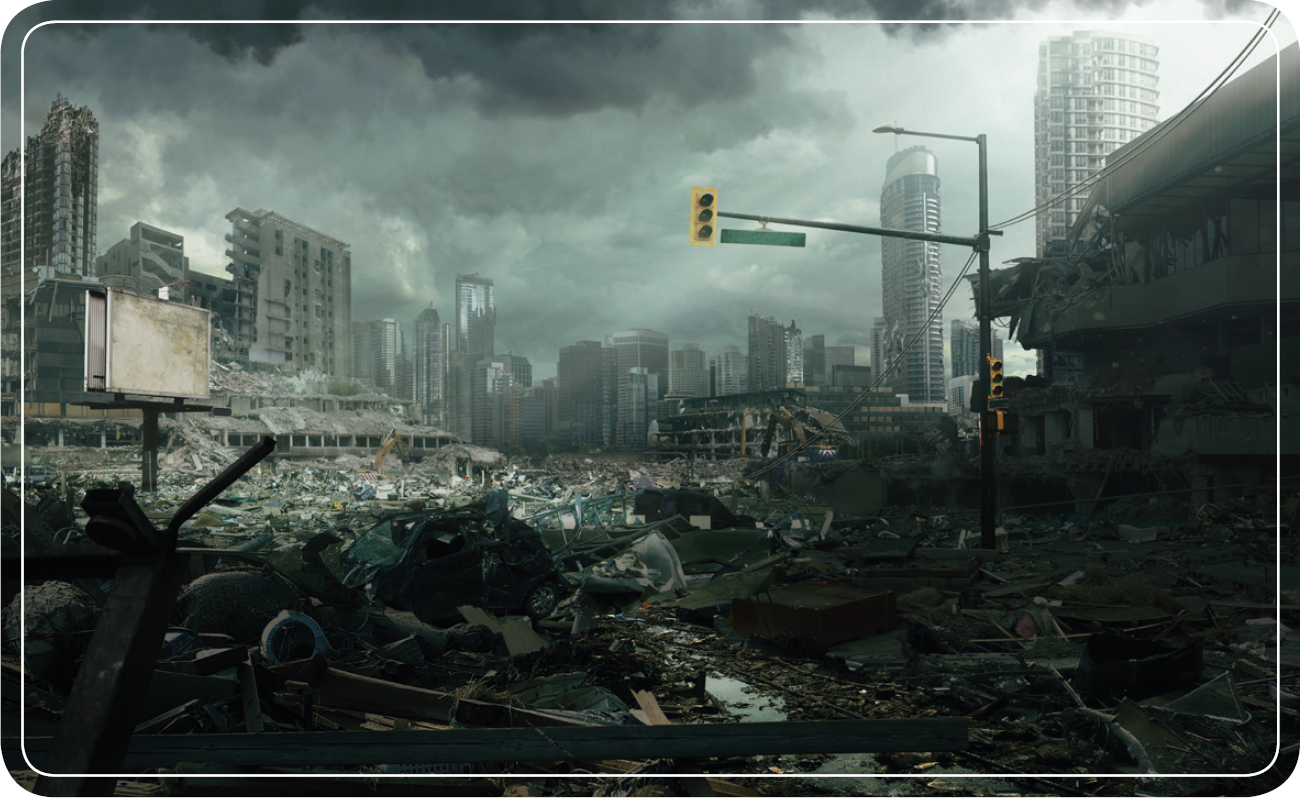
Photo Credit: GettyImages
• Low blood pressure
• Death (5.0-6.0 Sv dose or higher). Once you take radiation into your body, it will stay with you for life. There is no cure for a deadly dose (5.0-6.0 Sv) and it is almost always fatal. Lower doses can be treated by medical professionals.
If you think you have been contaminated by radiation, seek medical attention immediately.
HOW TO PLAN FOR A DISASTER
Plan for events that are most likely to affect the area that you are in. If you live in California, for instance, earthquakes are reoccurring events, so you should plan accordingly. Those that live on the coast need to be aware of the possibility of floods and tsunamis. Forest fires plague the Midwestern United States. Terrorism normally occurs in large cities in the US and around the world. If you live near an active volcano, you may want to be prepared to evacuate your home in the event of an eruption. If you live within fifty miles of a nuclear power plant, you may want to know what to do in the event of a meltdown. The key is to try to anticipate events that may occur in the future and then plan on ways to mitigate the risk if that event were to occur. Some common disasters include:
• Earthquake
• Volcano
• Tsunami
• CBRN attack
• Forest fire
• Flood
• Hurricane
• Tornado
• Terrorist attack
• War
• Rioting/looting
• Chaos/anarchy
• Nuclear meltdown
• Chemical spill/fire
• Pandemic
The key is to research the hazards that could most likely affect you so that you know what to do and have a solid and rehearsed plan as well as a disaster kit that fits the hazards you may face.
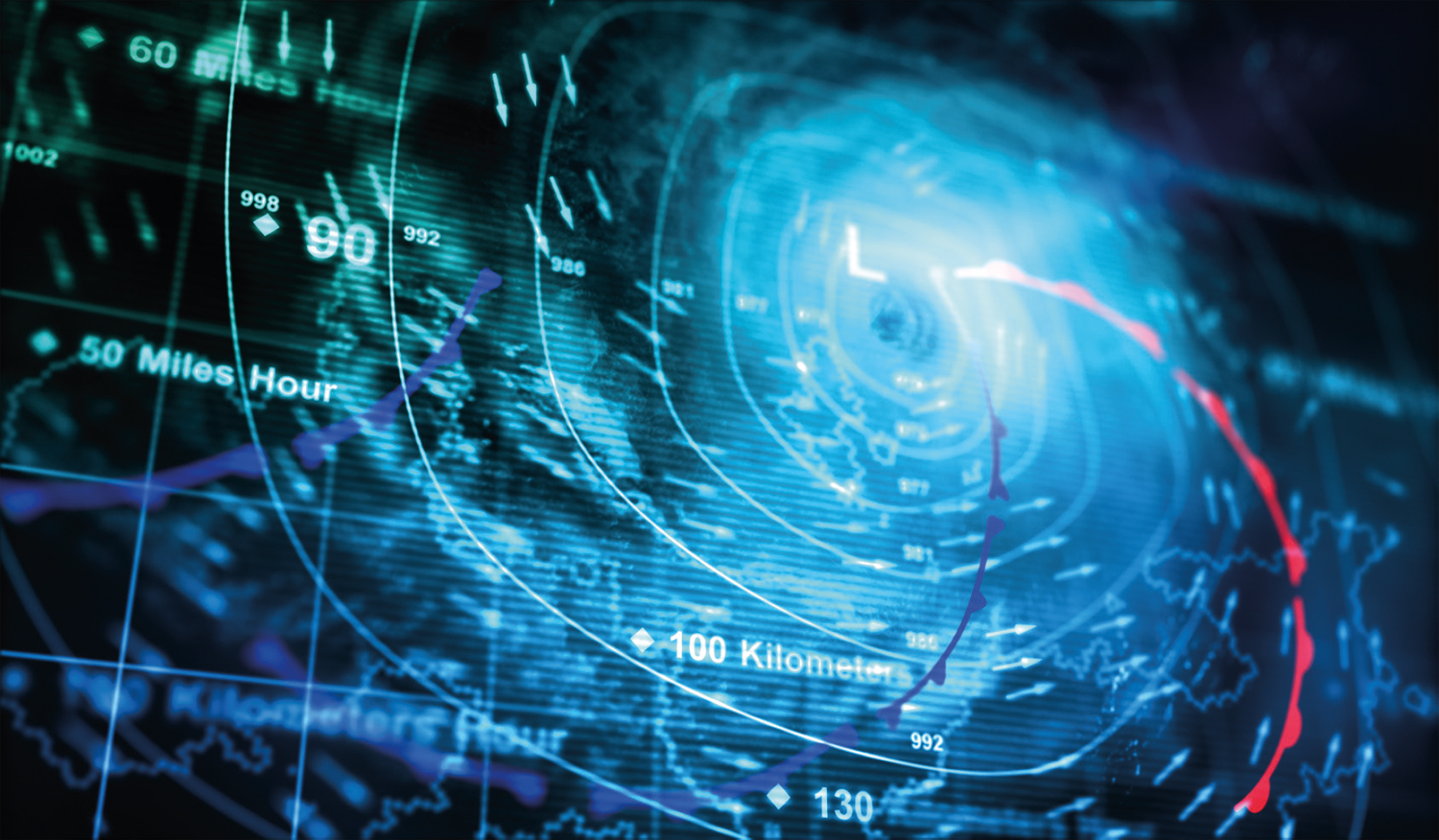
Plan for events that are most likely to affect the area that you are in. Photo Credit: GettyImages